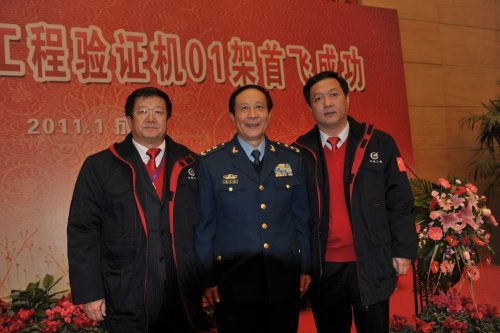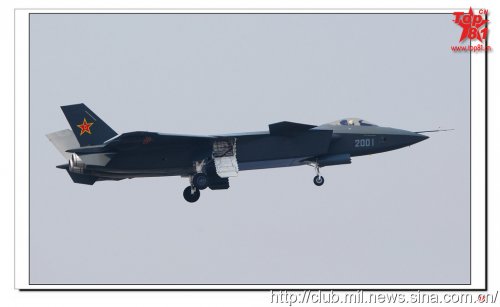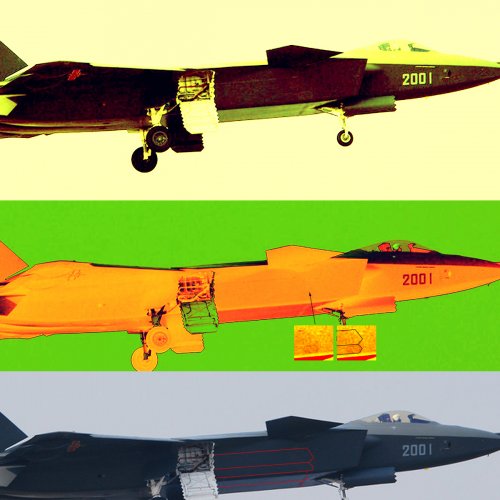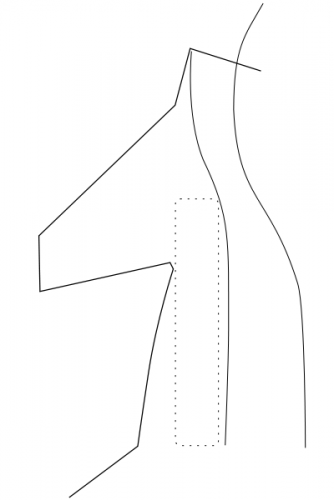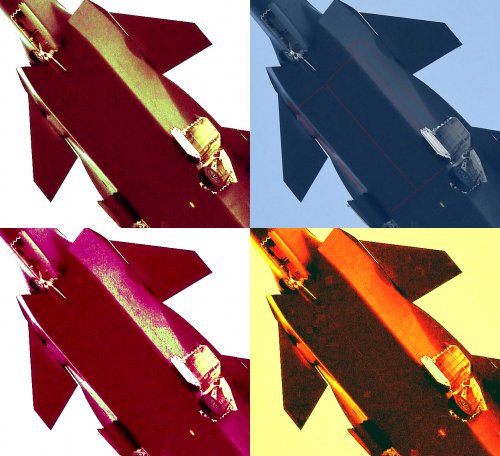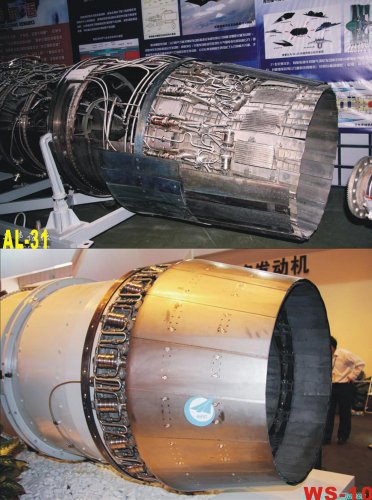PAK FA said:
I disagree with you post stall is the ability of flying in AoA beyond the lifting capacity of the wing, once the wing has stalled as such the Su-27 has post stall ability.
Post stall refers to controlability of a plane once the lift of the wing is not sufficient to maintain level flight
And in the case of the SU-27 :
The Su-27 becomes very unstable at 60 degrees of AoA, so for a Su-27 once it passes the 60 degrees mark simply will stall its wing
the SU-27 certainly stall far before 60° AOA...actually the SU-27 stalls at 27,5° while the SU-33 stalls at 30° AOA.
however because the Su-27 has vortex hysteresis, good lateral control and its tailplanes still have control at 120 degrees of AoA, the aircraft can fly for a very brief time at the post stall regime.
I have already discussed that point, and this is wrong. There's no control or whatsoever, the SU-27 can stay in straight line and not depart in spin because of absence of assymetric flows...this is a the only reasno why a plane departs and stays spinning; The plane has no control whatsoever, the pilot can only go back to original position and can't stop, accelerate or slow down the movement.
The trajectory of the plane is neither controlable; it is a ballistic trajectory which means the plane has no sufficient force to change its motion.
For once, the SU-27 has no post stall capacity; The viggen can also pull a cobra (with no Lerx, no tailplane or whatsoever...in case you didn't understand yet..a plane is not a lego) but will stall like many.
Many planes were put into similar "post stall" AOA without developping spins, like the F-14 for example which was tested at 74° AOA with weapons...nobody would ever dare to say the plane has post stall control;
The rafale was also tested at 100° AOA + and similarly didn't exhibit any spin departure...
There's a big difference between being able to alter the trajectory or attitude of your plane, and going to a certain attitude; from 30° AOA onwards the SU-27 is totally stalled with most of the control surfaces totally stalled too.
The F-22 also has good lateral control, its TVC nozzles are only at pitch, but its chines forebody vortices keep it stable even at 120 degrees of AoA, so it is very stable at yaw.
You should really read a bit of fluids mechanics, or simplier look at CFD. Chines are at the foremost part of the plane..They can only have an initial cascade effect I.E their role is to energize the secondary vortex created by strakes, lerx and wing LE..
Thus, and as i tend to be a bit annoyed to repeat it over and over, this is not the chines that allow the plane to be stable..but the fact the plane doesn't develop assymetric flow
over its length.
I don't know how to make you understand that flows do not travel instantly nor independantly over a plane..
I do not know if it can use its tailplanes as well as the Su-27 and if its vortex hysteresis behaves as well as on the Su-27, i do not know if it uses TVC to return to level flight but i can asure you it has good lateral control, because even the F-5 was flown without vertical tail and was found its forebody to keep the jet stable at yaw
I don't know what you mean by "vortex hysteresis" but let's be serious...do you seriously think the vortex lift specs of a SU-27 are better than a 15 years later developped plane???
Come on the F-22 flies 60° AOA at max Cl...(and no that is not because of TVC; TVC allows for more control at this AOA but the fact the plane flies there is because you have enough lift).



